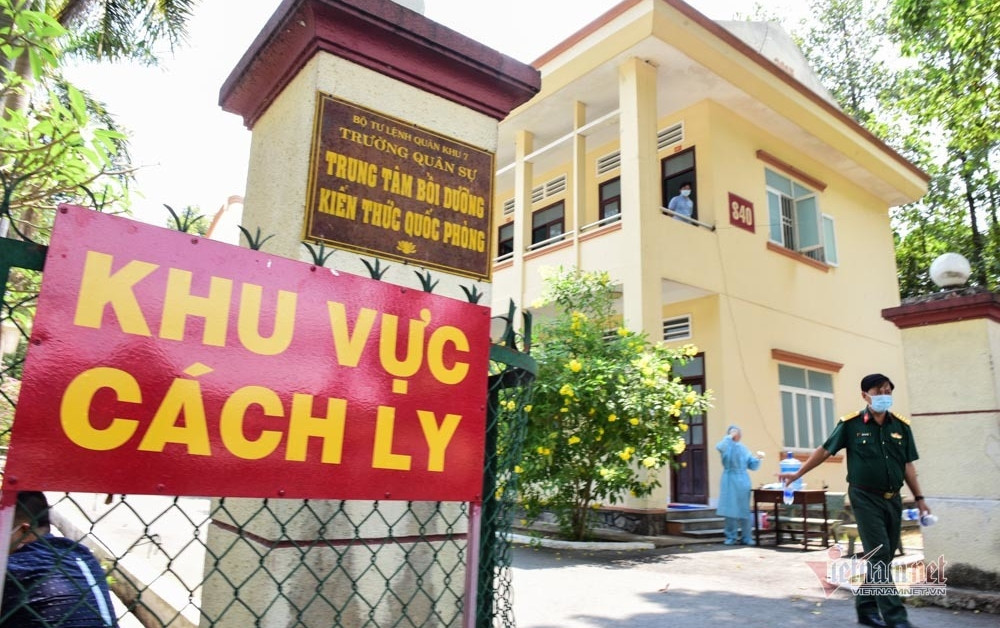Note physical activity with F0
People with Covid-19 should be physically active in stages, don’t try too hard, listen to their body…
Feeling tired when fighting the virus is normal, because the body uses more energy during this stage, but if you just lie down on the road, it is easy for the sick person to lose muscle strength. One study of older adults in the ICU found that patients can lose up to 40% of their muscle strength in the first week if they are immobile. Weaker muscles not only negatively impact physical function, but also organ function and the immune system.
Therefore, someone with Covid-19 may consider doing some gentle exercise (such as sitting-standing repetitively for one minute, stomping in place, or some light stretching) to keep the muscles and joints healthy. joints and muscles when infected with Covid-19, especially the elderly, overweight or underlying chronic diseases.

Exercise with appropriate intensity is necessary for people with Covid-19. Image: Freepik
In addition, if the patient has not experienced any symptoms related to Covid-19 for at least 7 days, the patient can perform exercises, with the following notes:
One is, phased physical activity: Even if you’re a former marathoner, start with low intensity. Low-intensity activities include walking, stretching, yoga, and gentle strength-training exercises.
Second, do strength training exercises: Strength training can trigger the production of hormones and cells that help boost the immune system. Bodyweight exercises are recommended if you can’t use weights… Other simple bodyweight exercises that can be performed include free squats, leg raises, and push-ups.
Third, don’t try too hard: During exercise, continue to assess the level of exertion you feel and do not push through the fatigue or pain in this early stage as it can help you recover.
Fourth, listen to your body: Only increase exercise intensity and lengthen exercise duration without experiencing any new or recurrent symptoms after exercise or when fully recovered from the previous day’s exercise. You may also need to consider resting between workouts to allow time to recover.
Fifth, look out for worrisome symptoms: If you experience chest pain, dizziness, or shortness of breath while exercising, stop. You should also seek professional advice if symptoms continue after exercise.
For most people, exercise helps the body better after Covid-19 but can also worsen symptoms in some cases. People who continue to exercise after being infected with Covid-19 may experience post-exertional discomfort. In addition to fatigue, people with post-exercise dysphoria may also experience pain, emotional discomfort, anxiety, and disrupted sleep.
If you feel uncomfortable after exertion, you need to stop exercising immediately, take regular breaks, and spread out your activities throughout the day. At the same time, you can seek advice from a doctor or specialist to manage your condition.
Equanimity (according to Medicalxpress)
at Blogtuan.info – Source: vnexpress.net – Read the original article here



